Written in the stars: ISS celebrates its 20th birthday
Today is the day. We finally get to find out the answer to the question we’ve been asking for days: what type of cake is Cygnus bringing to the International Space Station (ISS) to celebrate its 20th birthday? Red velvet, chocolate layer or even a Tiramisu? No matter what they choose, the ISS is no longer a teenager!
The story of the largest spacecraft ever built began with the launch from Kazakhstan of its first component, Zarya, on November 20, 1998. The launch began an unprecedented international collaboration bringing together NASA, the Russian space agency Roscosmos, the Canadian Space Agency, the Japan Aerospace Exploration Agency (JAXA) and eleven members of the European Space Agency (ESA): Belgium, Denmark, France, Germany, Italy, the Netherlands, Norway, Spain, Sweden, Switzerland and the United Kingdom.
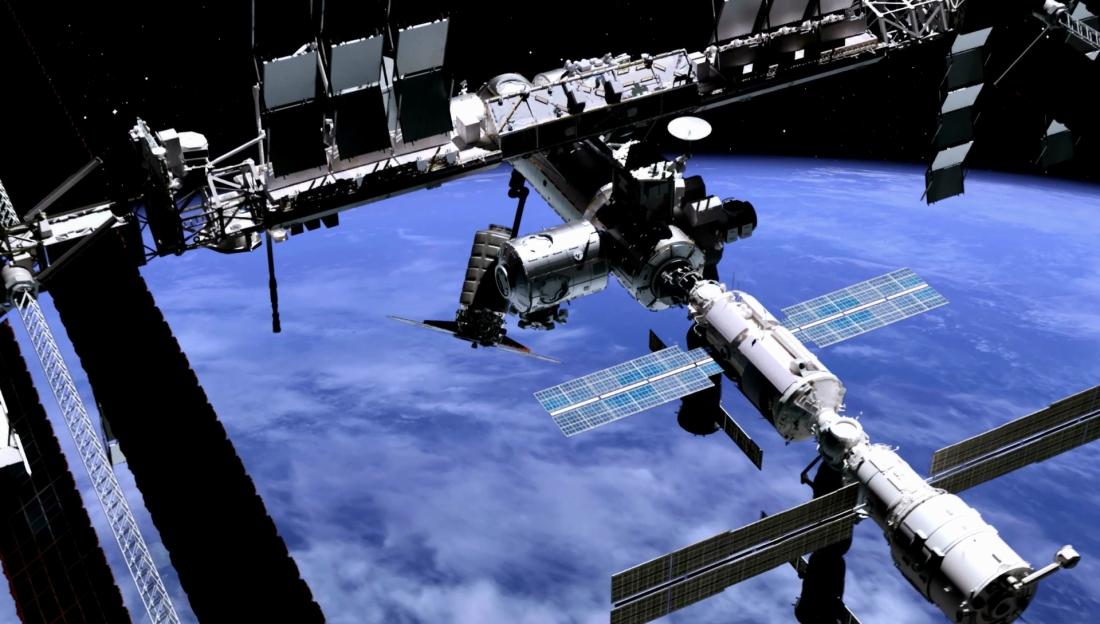
This international house circles the Earth at an altitude of 400 kilometers and a speed of five miles per second. It has been continuously occupied since November 2000, housing 230 different astronauts. Making sixteen orbits every twenty-four hours, the ISS offers six sleeping quarters, two bathrooms, a gym and a 360-degree-view bay window in the Cupola module.
It’s also a microgravity research laboratory in which crew members conduct experiments spanning biology, physiology, physics, astronomy and meteorology, all in an effort to make life better on Earth.
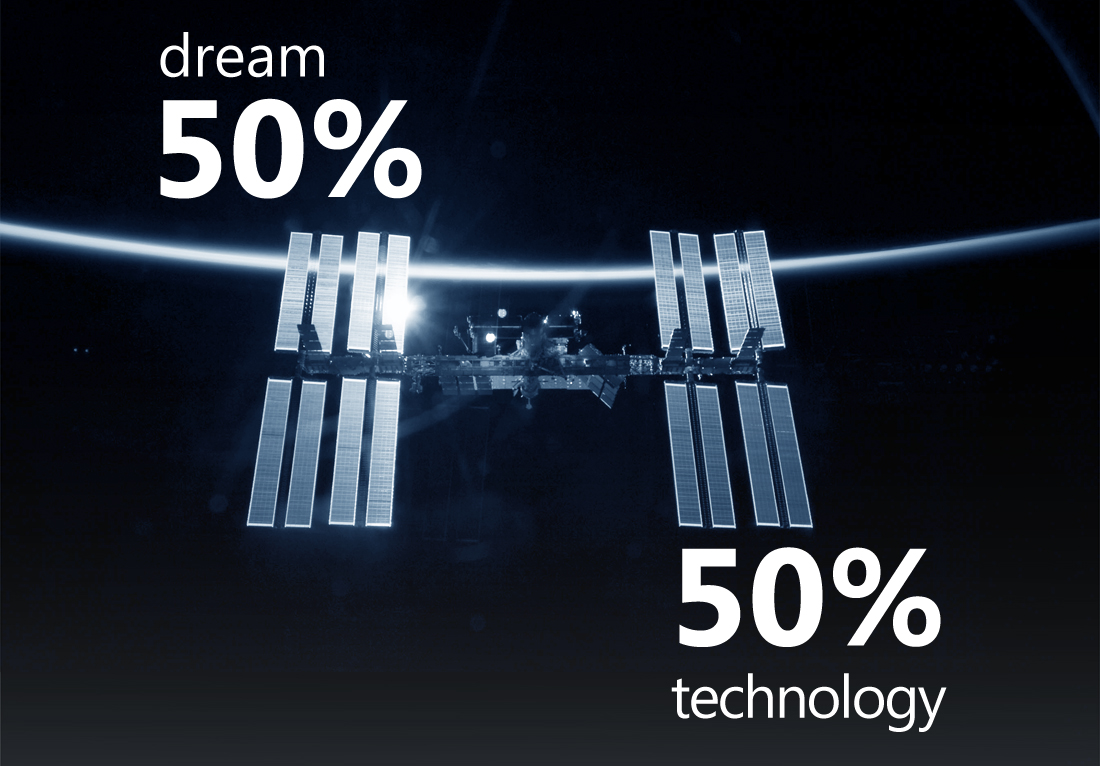
The ISS has changed the world’s ideas about what people are capable of doing in space. In the words of John Lennon: "You may say I'm a dreamer, but I'm not the only one…” So get in line for a piece of cake to celebrate this milestone in space, in honor of the world’s dreamers.
Half of the ISS’s pressurized volume built by Thales Alenia Space
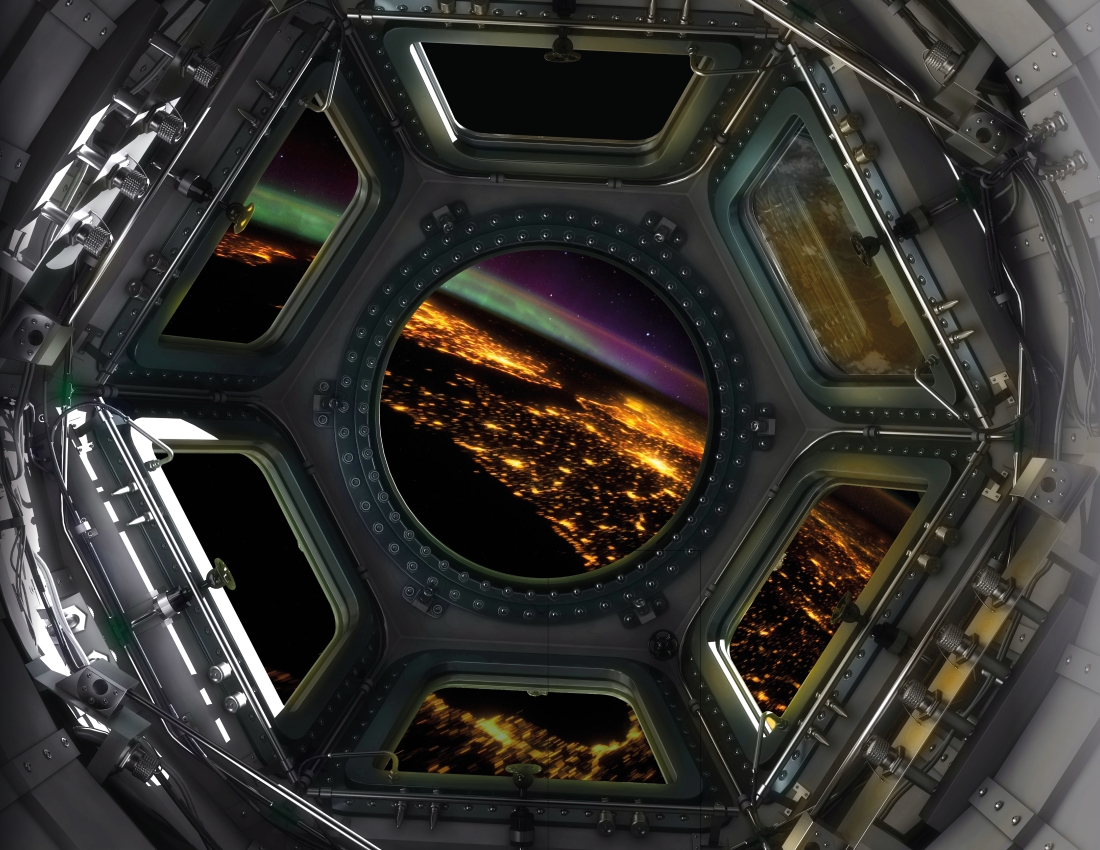
The ISS holds a special place in the hearts of Thales Alenia Space engineers in Turin, Italy. Thales Alenia Space has in fact supplied fully half of the pressurized volume on the ISS, including Nodes 2 and 3, the Multipurpose Module, the Multipurpose Logistics Modules (MPLM), the Cupola, the Columbus lab structure and the structure for the Bishop commercial airlock from NanoRacks. Thales Alenia Space also built Integrated Cargo Carriers (ICC) for the ATV on behalf of Airbus Defence & Space, and Pressurized Cargo Modules (PCM) for Cygnus on behalf of Northrop Grumman.
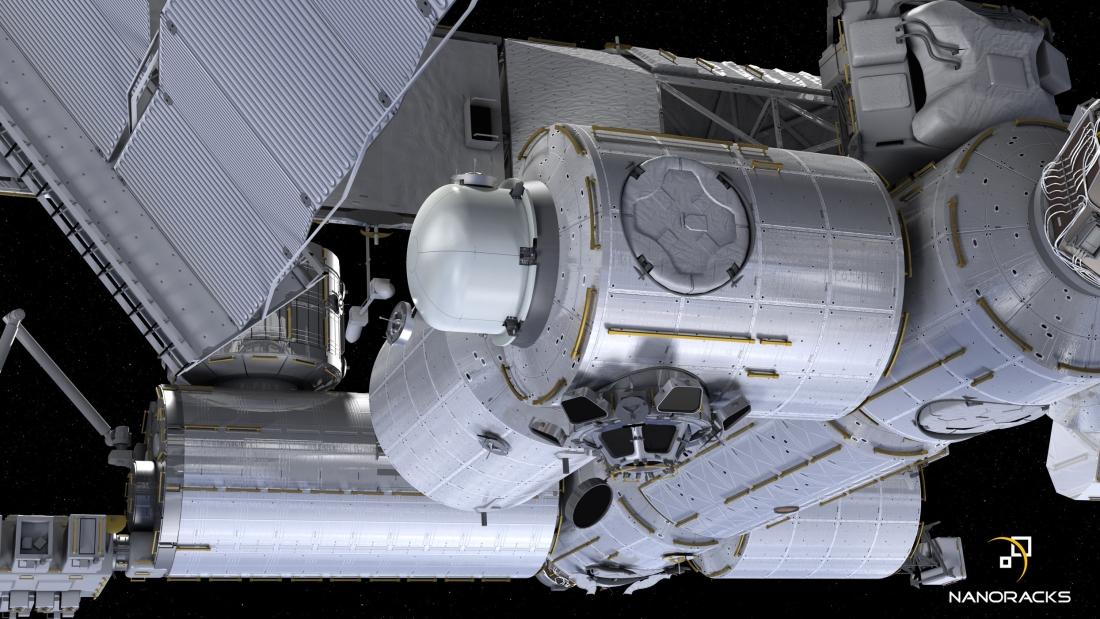
Looking beyond the ISS, Thales Alenia Space is gearing up for lunar missions, in particular with the LOP-G (Lunar Orbital Platform Gateway), and is carrying out design studies for NASA (as part of STEP 2) and ESA.
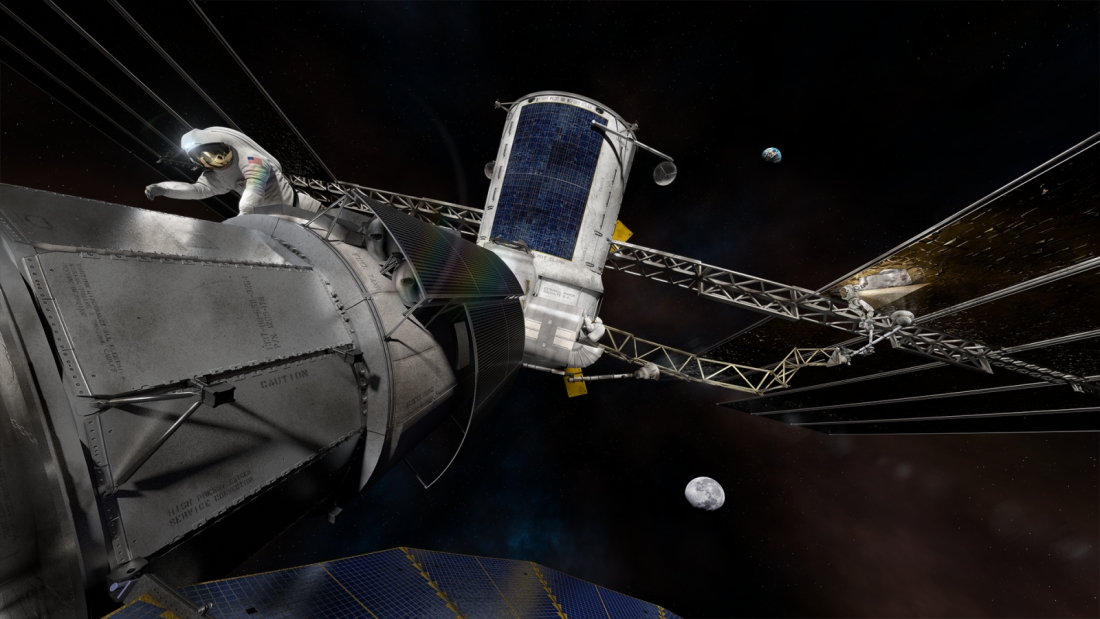
Furthermore, following the success of the IXV atmospheric reentry demonstrator, Thales Alenia Space is developing Space Rider, Europe’s new-generation, low-orbit, reusable space transport system.
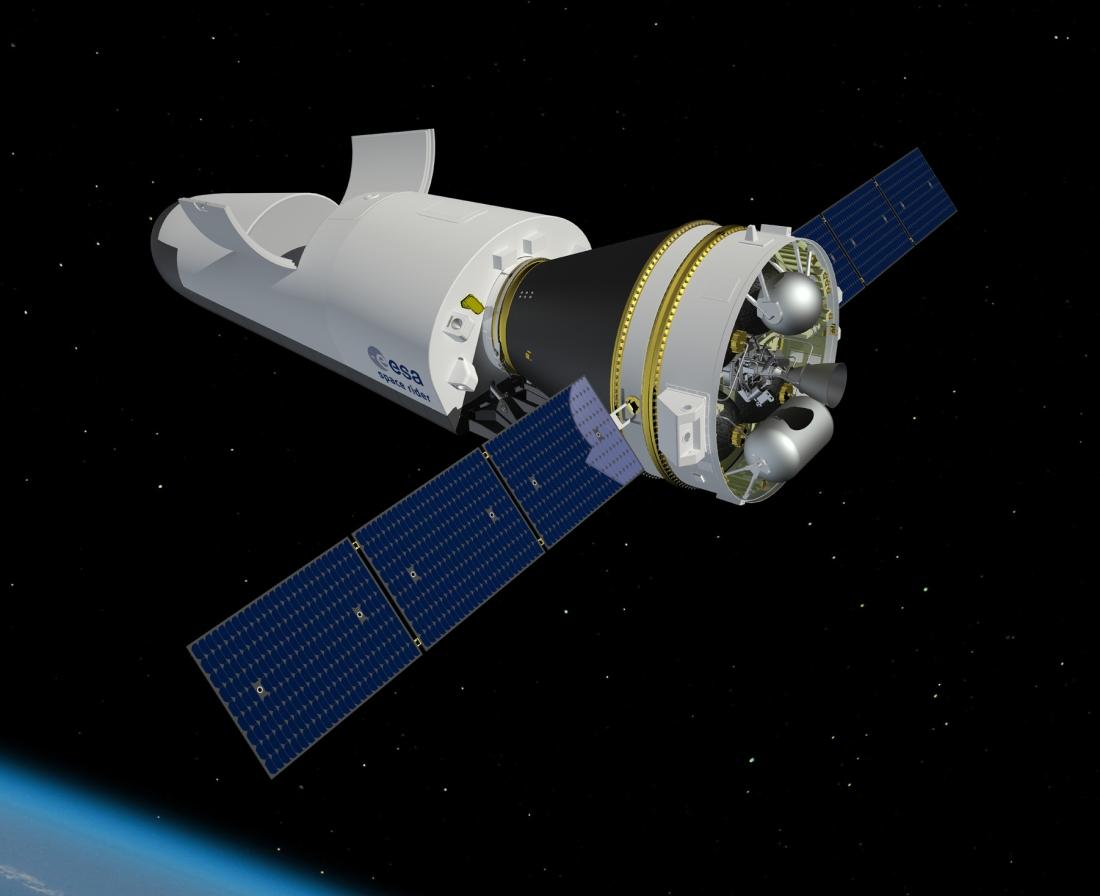
Copyrights:
ISS : © Thales Alenia Space/Master Image Programmes
Cupola: © Thales Alenia Space
NextSTEP-2: © NASA
Space Rider: © ESA